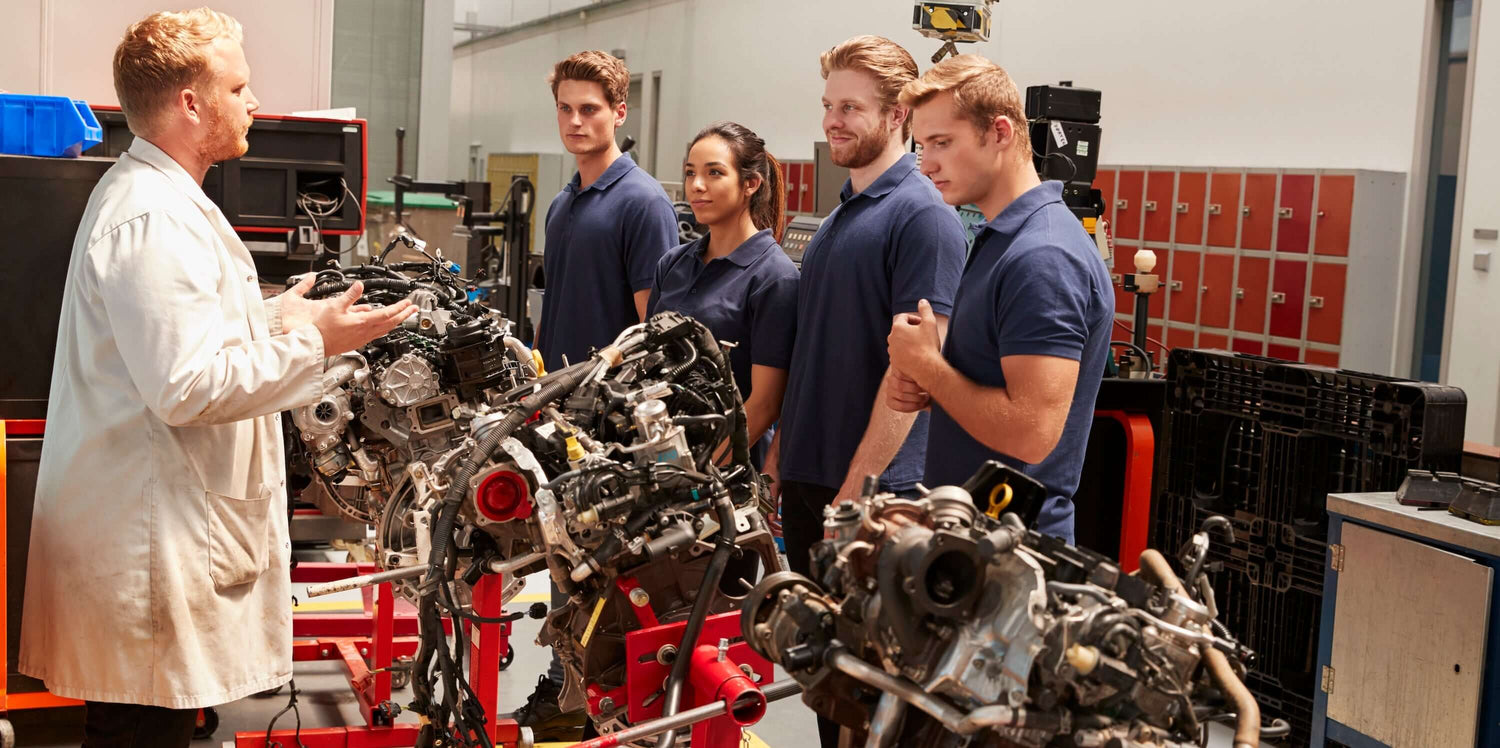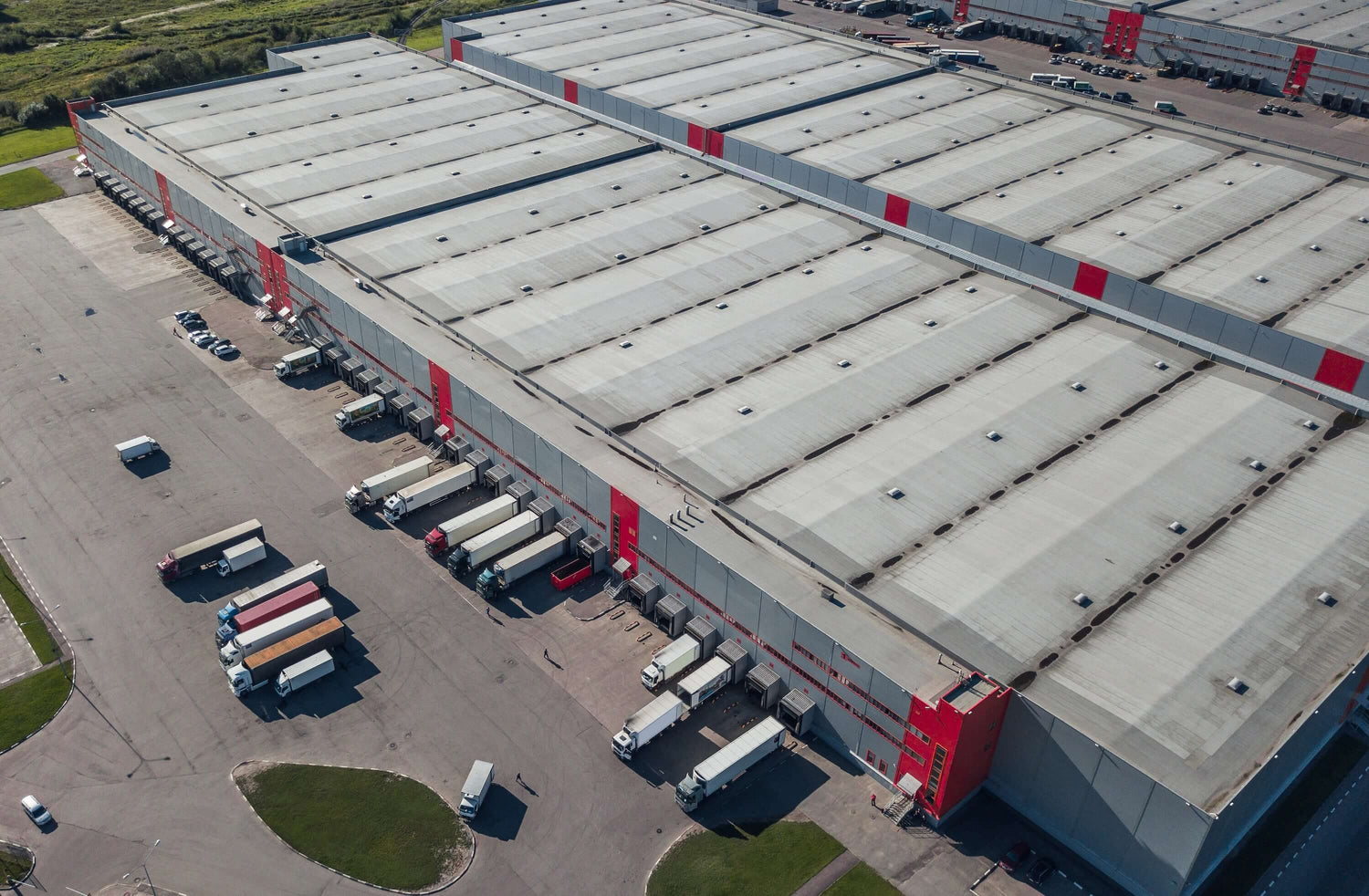The Subaru Legacy GT from 2010 to 2012 is a performance-focused sedan with turbocharged power and signature Subaru handling. However, with age, high mileage, or turbo-related wear, an engine replacement may become necessary to keep it running at peak performance. Performing an engine swap on this model can seem intimidating, but with patience and proper guidance, it’s completely manageable. This guide walks you through each stage of the process. At Power Engines, we supply OEM-quality, road-legal replacement engines engineered for Subaru vehicles, ensuring a precise fit, emissions compliance, and lasting reliability.
Preparation and Tools Required
Before beginning, gather essential tools: an engine hoist, hydraulic jack, jack stands, torque wrench, socket and wrench sets, pliers, screwdrivers, and drain pans. You’ll also need replacement fluids like oil, coolant, and transmission fluid. Park your Subaru on a level surface, disconnect the battery, and allow the engine to cool completely before starting.
Step 1: Remove the Hood and Drain Fluids
Start by unbolting and removing the hood to improve accessibility. Drain all fluids—engine oil, coolant, and transmission fluid—into approved containers for safe disposal. This prevents spills and keeps your work area clean.
Step 2: Disconnect Wiring, Sensors, and Fuel Lines
Label and disconnect all wiring harnesses, vacuum hoses, and sensors connected to the engine. Relieve fuel system pressure and carefully disconnect the fuel lines. Taking photos at each step can save significant time during reassembly.
Step 3: Remove Turbo Components and Accessories
The turbocharger system on the Legacy GT adds an extra step compared to standard Legacy models. Remove the intercooler, turbocharger, and associated piping first. Then, detach accessories such as the alternator, A/C compressor, and power steering pump. You can secure these aside without disconnecting their fluid lines.
Step 4: Remove the Radiator and Cooling System
Unbolt and remove the radiator, cooling fans, and associated hoses. This creates space and prevents damage during engine removal. Inspect all hoses and fittings for wear—they’re easier to replace while the engine is out.
Step 5: Disconnect Exhaust and Transmission
Unbolt the exhaust manifold or up-pipe from the turbo system. Support the transmission with a jack or stand, then remove the bolts connecting it to the engine block. For automatic models, disconnect torque converter bolts; for manuals, remove the clutch assembly.
Step 6: Remove Motor Mounts and Lift Out the Engine
Unbolt the motor mounts on both sides. Attach the hoist securely to the lifting points on the engine, then carefully raise it from the bay. Check that all wires, hoses, and fuel lines are fully disconnected before fully lifting the engine out.
Step 7: Prepare the Replacement Engine
Transfer reusable components—such as intake and exhaust manifolds, turbocharger, sensors, and brackets—to the new engine. Replace gaskets, seals, and timing components if necessary. At Power Engines, our Subaru Legacy GT-compatible replacement engines are built to OEM standards and emissions-certified, ensuring optimal performance and a perfect fit.
Step 8: Install the New Engine
Lower the new engine into the bay using the hoist, aligning it carefully with the transmission and motor mounts. Torque all bolts to Subaru’s factory specifications. Reconnect the transmission, turbo system, and accessory components securely.
Step 9: Reconnect Wiring, Fuel, and Cooling Systems
Reinstall the wiring harnesses, sensors, fuel lines, and vacuum hoses following your photos or labels. Refit the radiator, cooling fans, and hoses. Fill the system with fresh fluids—engine oil, coolant, and transmission fluid.
Step 10: Test and Break-In
Reconnect the battery and switch the ignition to ON without starting to prime the fuel system. Start the engine and allow it to idle while checking for leaks, noises, or warning lights. Let it reach normal operating temperature. For the first 500 miles, avoid hard acceleration or high RPMs. After the break-in period, perform an oil change to maintain longevity.
Replacing the engine in a Subaru Legacy GT (2010–2012) can be a rewarding project that restores performance and reliability. By following this guide and sourcing your replacement from Power Engines, you can be confident in your engine’s OEM quality, legal compliance, and durability. With proper installation and care, your Legacy GT will be ready to deliver the power and driving excitement it’s known for for many more miles.





